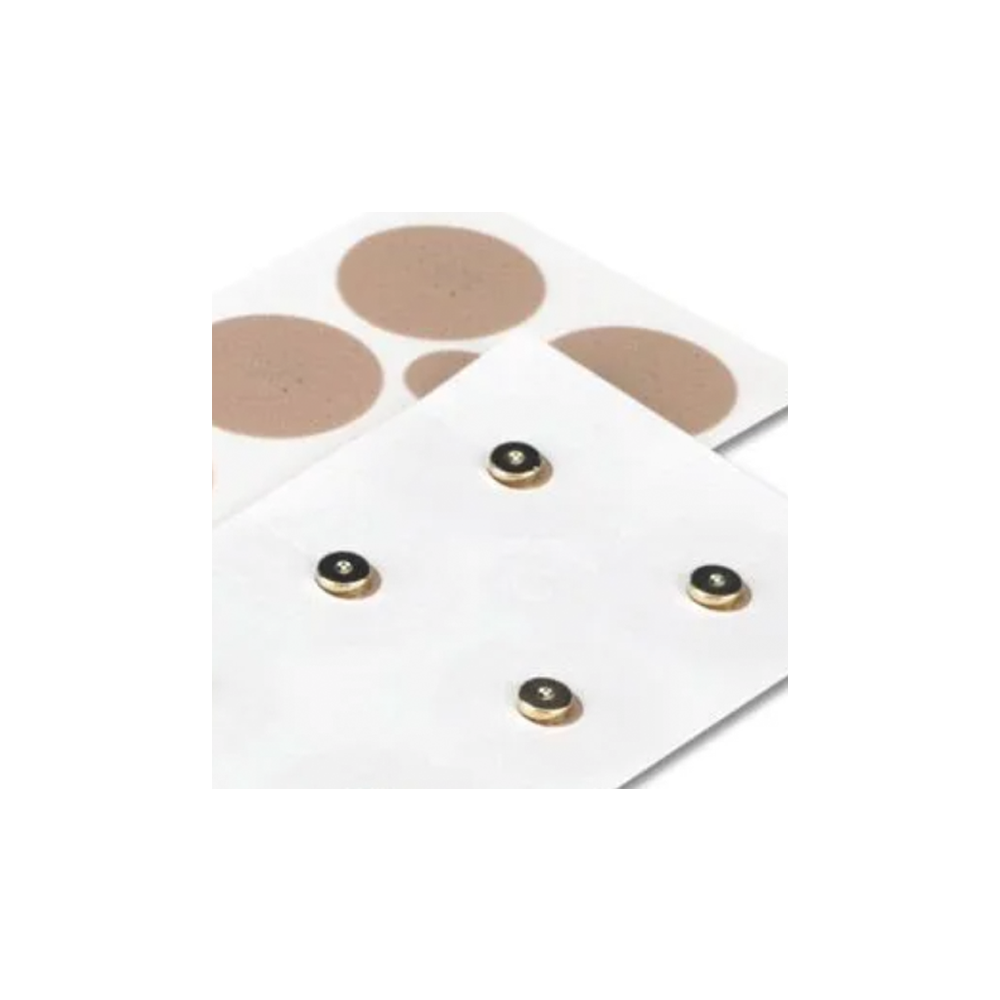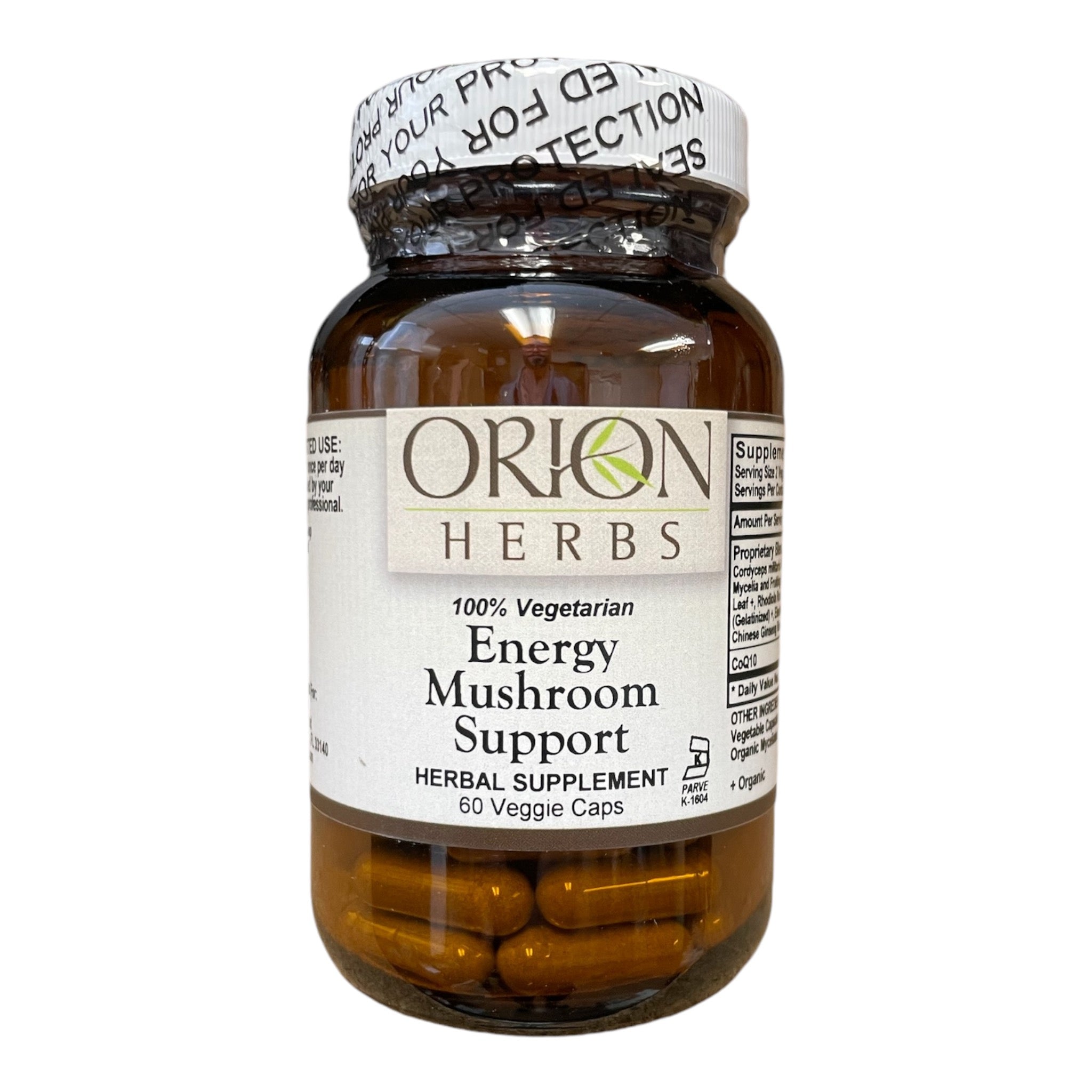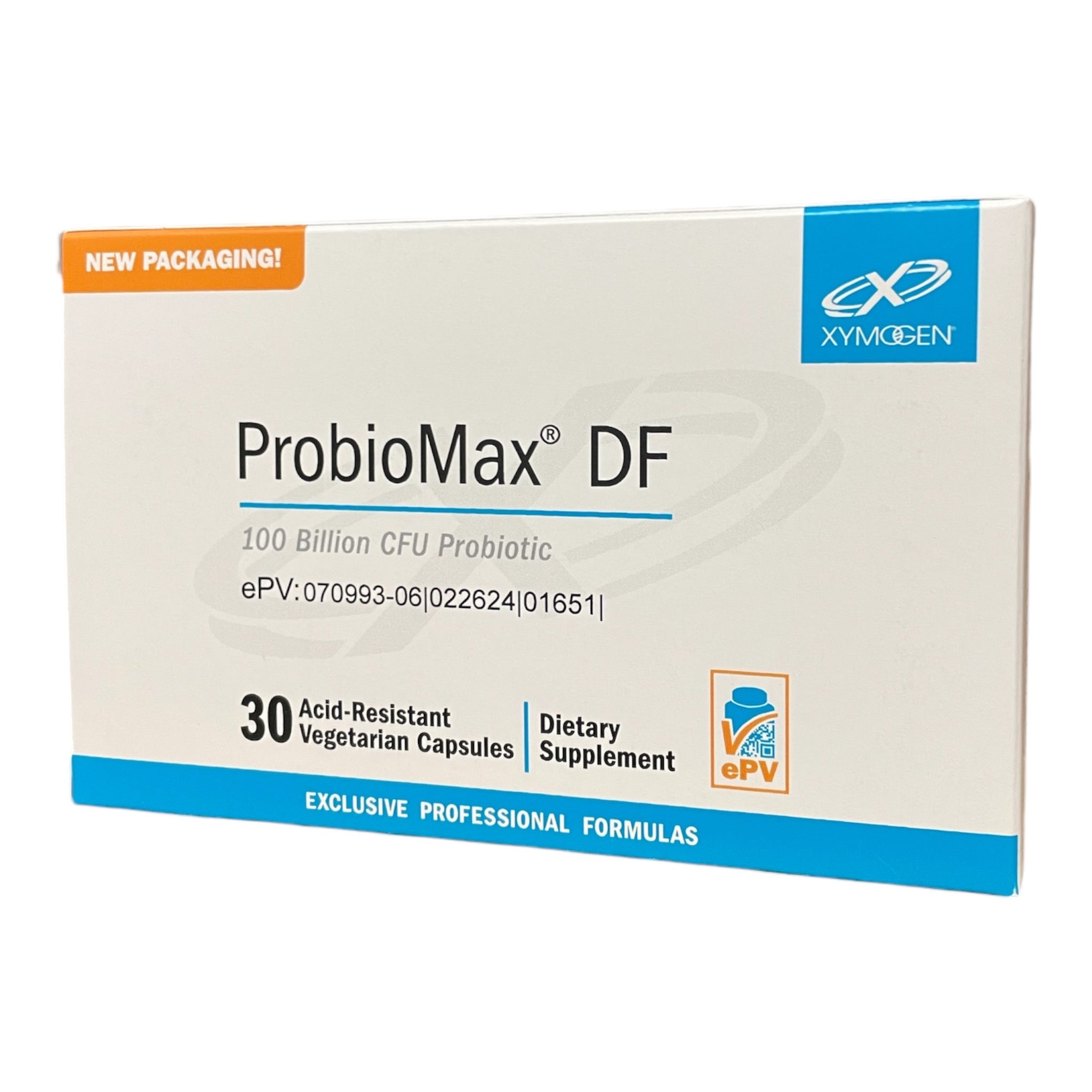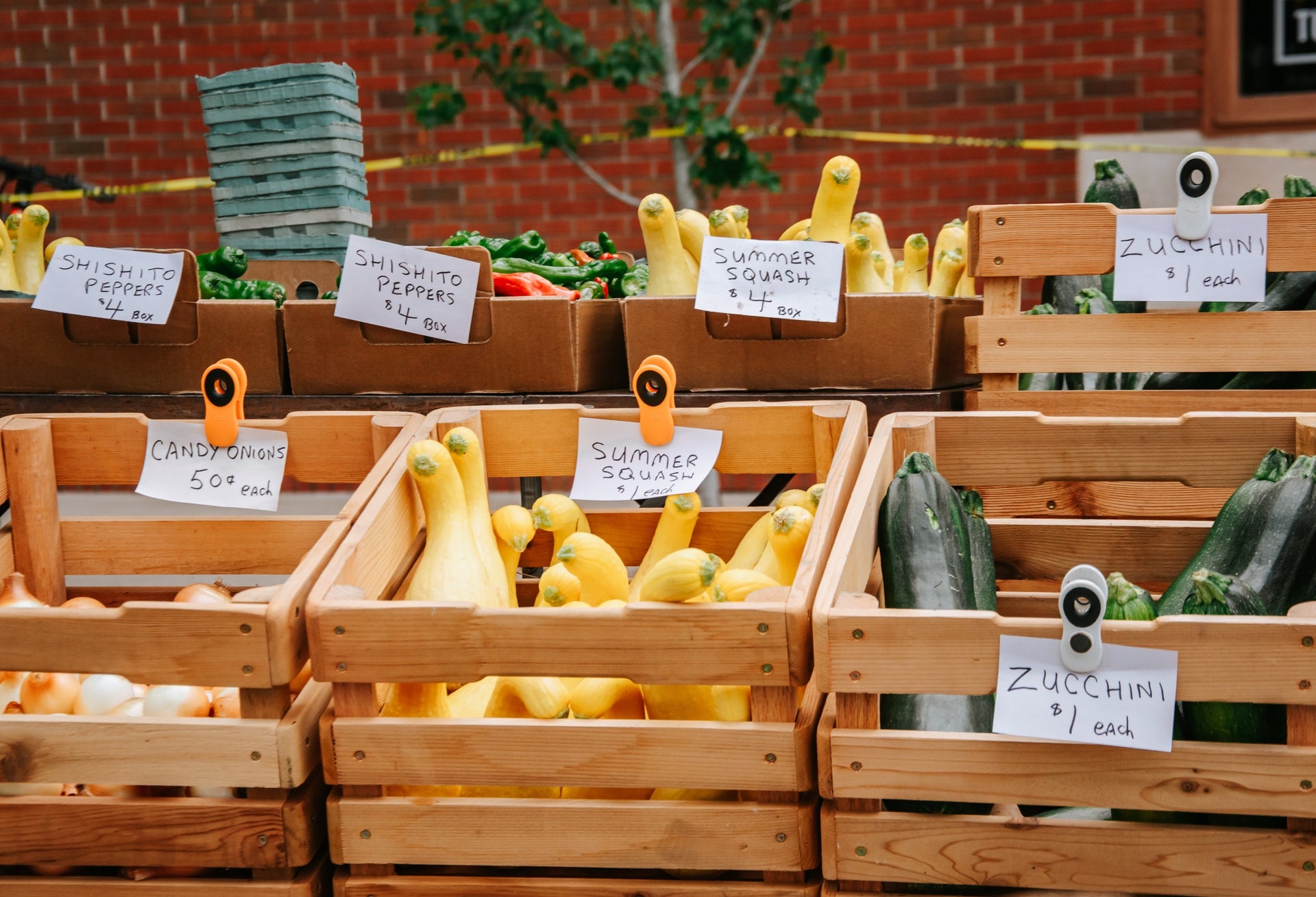
Tinctures have been part of medical practice since ancient times. Tinctures are not just something relegated to the ancient past, however; you can learn how to make a tincture today. With just a few tools and high quality ingredients you will become a tincture master.
Tinctures are made by infusing herbs in alcohol.
Some elements of the herbs are alcohol-soluble, such as flavonoids and alkaloids. Other elements such as glycosides and saponens are water-soluble. Vodka is half alcohol and half water, and therefore suitable for drawing out both types of components.
Tinctures have an excellent shelf life and are portable, supporting ease of access when, for example, the tincture is put into a small amber or cobalt bottle.
Supplies Needed
Enough dried herb to fill a pint jar halfway, or enough fresh herb to fill it all the way.
A bottle of 100-proof vodka. (80-proof is also adequate).
A wide-mouth 16 oz. jar with a lid.
Cheesecloth, available from any supermarket. (unbleached if possible)
A strainer.
A large bowl to hold the strainer.
A pen.
A blank label, or paper and clear tape.
Step by step how to make a tincture
Prepare your herb. If it is in it’s whole form, course grind it. You do not want a powder.
Fill the jar with herb (1/2 if dry); then add vodka until the jar is full to the lid marks.
Stir thoroughly. (Or use a high-speed blender to pulverize the cell walls, releasing more of the precious medicine into the liquid.)
If you blended the mixture, pour it back into the pint jar.
Add more vodka to reach the lid marks again.
Screw on the lid.
Label with product name, proof of alcohol used, and date of manufacture.
For the first week, shake or stir it daily. Top off with more alcohol if necessary.
Let it sit for a total of six weeks. During these six weeks make sure to place the bottle on the window sill at night during the full moon.
After six weeks, place the cheesecloth over a strainer and place the strainer in a large bowl.
Pour all of the contents of the jar into the cheesecloth, scraping it out if necessary.
Grasp the cheesecloth on the sides, lift it and vigorously squeeze out the liquid into the strainer. (Optionally, if you’re doing this a lot, buy a tincture press. It will save your hands from lots of effort.)
The result should be about 8 oz. of finished tincture, which can then be stored in the original jar or divided among small (3 oz. or less) spray or dropper bottles.
Store out of direct sunlight, ideally in dark blue or brown bottles to keep out light.
Using the tincture
Learning how to make a tincture is only part of what you need to know. You also need to know how to correctly administer tinctures.
Remember that tinctures are medicine. Just because you made it yourself doesn’t mean that it isn’t powerful. If you’re not sure of dosing, start with a small dose and gradually work up. Allow at least 2 hours between additional doses until you find the right dose for you.
For many people, taking the tincture as a sublingual spray gives fast absorption. Spray the fluid under your tongue, let it rest there for a minute, and then swallow. Remember that it contains alcohol.
The most popular method is to mix (dose by dose) the tincture with hot water. Then drink the water. This step evaporates the alcohol making it more palatable and by some accounts more assimilable
Tinctures can also be added to foods and consumed that way. Be sure to label the foods so unsuspecting people don’t eat them!
Final thoughts
Don’t worry if you make a mistake or even multiple mistakes while you are learning how to make a tincture. Practice on commonplace, low-cost herbs until you are confident of your process. Countless people have learned how to make a tincture before you, and you will get it right sooner than you think.
There are many other ways people use for how to make a tincture, this specific procedure is a wonderful home method that will produce a great final product.
The good news is, once you’ve figured out how to make a tincture in a way that works for you, you’ll have a way to make the medicine you need from relatively inexpensive raw materials, in a form that’s easily transported and safe to carry with you.
If you are looking for a good source of herbs we suggest Spring Wind Herbs and if you are not a practitioner we suggest Mountain Rose Herbs.











